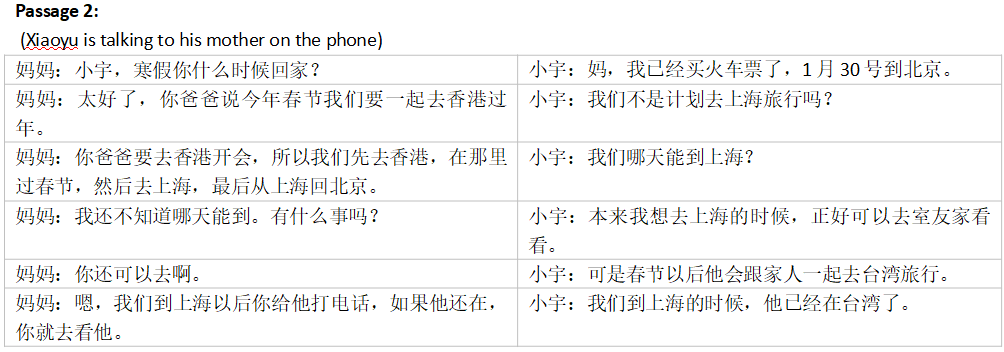Lili and her grandmother are looking through their family photo album. Complete their conversation with del, de la, de los, or de las, as appropriate.
Lili: ¿Quién es la señora en la foto?
Abuela: Es la tía Celinda Rodríguez. Rodríguez es el apellido (1) __________ familia de mi madre. Celinda es la hermana de mi madre.
Lili: Y, ¿de quién son los perros que están en la foto? ¿Y el gato?
Abuela: Los perros son (2) __________ hermanos de Celinda y de mi madre. Los hermanos se llaman Ricardo y Pablo. El gato es (3) __________ abuelo.
Lili: ¿Y esta foto?
Abuela: Es la foto (4) __________ hijas de tía Celinda. Son mis primas, Antonia y Lucila.
Lili: Celina, Ricardo, Pablo, Antonia, Lucila… Abuela, me gusta aprender los nombres
(5) __________ parientes.
1. de la
2. de los
3. del
4. de las
5. de los
You might also like to view...
Encierre en un círculo la palabra o frase que mejor termina cada oración.
Tiene sesenta y cinco años. Se va a (subsidiar, jubilar, extrañar) este año.
Listen to the passage once and choose the appropriate answer to the question. Then listen to the same passage again to double check your answer.

Where does Xiaoyu’s family live?
A. Beijing B. Hong Kong C. Shanghai
—__________ partez-vous ce soir? — Je pars à 8h00.
Fill in the blank(s) with the appropriate word(s).
Which of the following statements about organizing is most accurate?
a. Writers can save time by combining organizing and outlining. b. One part of organizing is circling all of your ideas that are relevant to the main idea. c. One part of organizing is circling all of your ideas that are irrelevant to the main idea. d. Determining the right order for ideas is easy because there is only one way to do so.